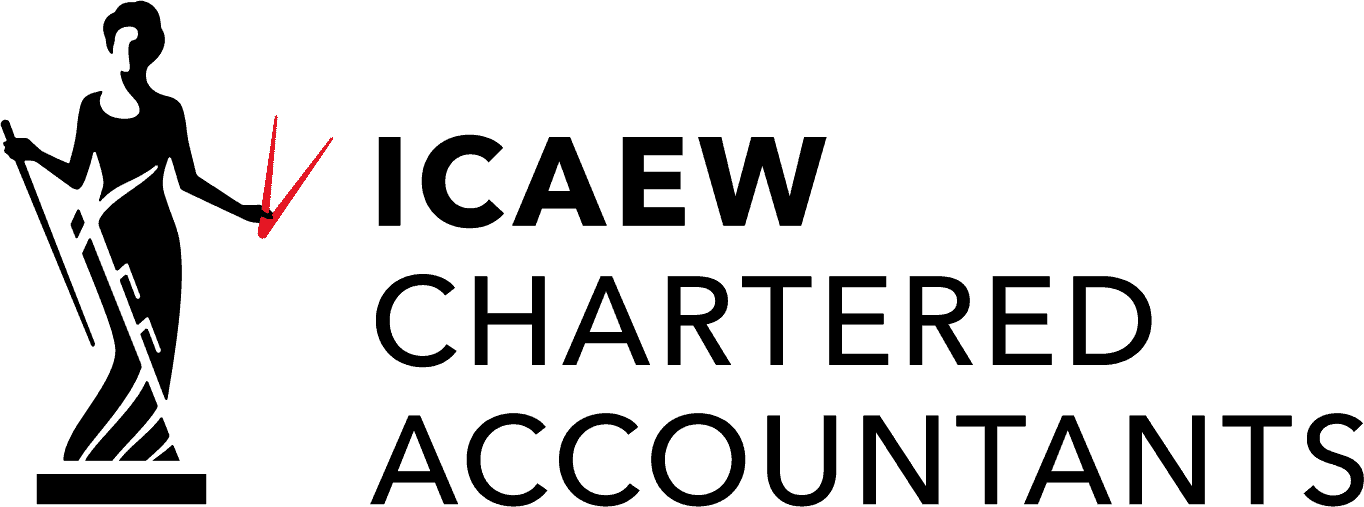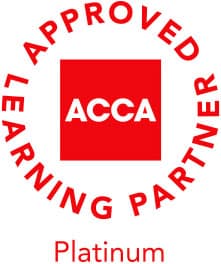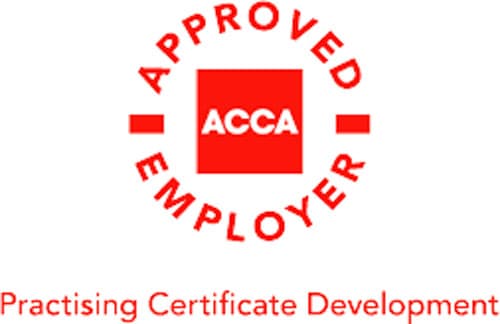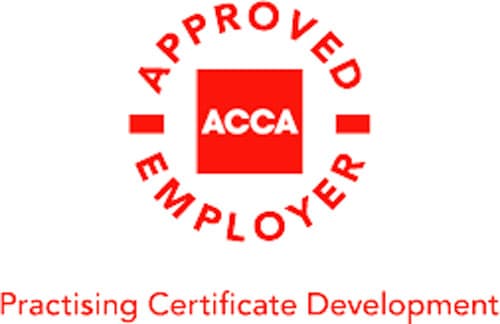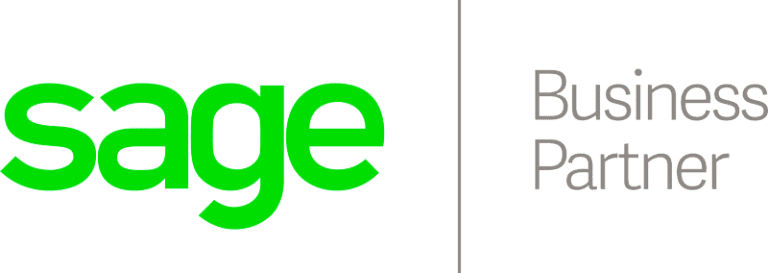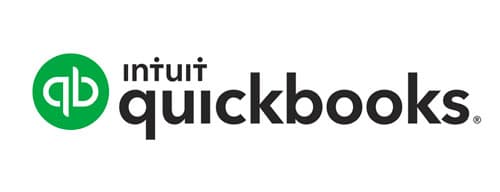Will it happen?
The MTD programme has had a history of delays. This time, however, it seems extremely unlikely that there will be a last-minute reprieve, especially now that the Spring Statement 2025 has provided additional clarity on the overall MTD road map. One way and another, all the indications from the government, HMRC and the professional tax and accountancy bodies are that MTD is coming, and coming soon.
Overview
MTD IT has three key components:
- keeping digital accounting records
- filing updates with HMRC every quarter
- an end of year finalisation process.
Does it impact you?
MTD IT will be mandatory for the self-employed and landlords with what’s called gross qualifying income over a particular threshold. Note that the income thresholds are before the deduction of expenses. Where both self-employment and rental income are received, it is the total that’s considered.
- Where qualifying income is more than £50,000 from self-employment/property, you are in MTD IT from April 2026, with a first quarterly filing due by 7 August 2026.
- Where qualifying income is more than £30,000 from self-employment/property, you are in MTD IT from April 2027, with a first quarterly filing due by 7 August 2027.
- Where qualifying income is more than £20,000 from self-employment/property, you are in MTD IT from April 2028, with a first quarterly filing due by 7 August 2028.
The thresholds will be assessed based on the most recently filed tax return. This means it’s the returns for 2024/25 that determine whether you are in MTD IT in 2026/27.
If you own property jointly, qualifying income means your share of gross rents. If, for example, you and your spouse jointly own a property with rental income of £26,000 per year, you will be treated as having £13,000 qualifying income each. But if you only receive notice of your share of income after expenses have been deducted, that is the figure that will be used.
Who is not in scope?
MTD IT does not yet apply to partnerships or limited liability partnerships (LLPs), though they are expected to have to join at some point in the future. Individual partners will therefore fall outside MTD IT as regards their partnership income, but will be within MTD IT if they have any self-employment and/or property income at the levels noted above.
Exemptions automatically apply to foster carers, non-resident companies, and trustees and personal representatives. Anyone without a National Insurance number on 31 January is exempt for the following tax year.
There is also the possibility of applying for exemption, notably in the case of ‘digital exclusion’. HMRC has a very strict definition of what exclusion means, so that the exemption is unlikely to apply other than in exceptional cases.
Subject to their notifying HMRC, there will also be exemptions for: those with a Power of Attorney; non-UK resident foreign entertainers and sportspeople with no other income sources counting as qualifying income for MTD IT; and those for whom HMRC cannot provide a digital service. Entry to MTD is deferred for some taxpayers, with the Spring Statement 2025 confirming that recipients of the Married Couple’s Allowance and Blind Person’s Allowance; ministers of religion; and Lloyd’s Underwriters would not have to comply with MTD during the current Parliament. Those needing to submit the residence/remittance pages (SA109) with their tax returns have their entry to MTD IT deferred until April 2027.
What’s changing and what’s not
MTD IT introduces major changes, and it would be hard to over-emphasise how significant they are.
Changing: how you interact with HMRC
MTD IT alters how you interact with HMRC. Information will need to flow from your digital accounting records in an uninterrupted digital process to HMRC systems, with no manual input, as already happens with MTD for VAT.
|
Preparation point: You will need MTD IT compatible record keeping in place. If you are not already using digital records, we can advise you on the best way forwards. If you already use some sort of software, you may need to check that your provider has a suitable package for MTD IT. |
Changing: how often you interact with HMRC
MTD IT increases interaction with HMRC through the year. Instead of filing an end of year Self Assessment tax return, with all the time pressure involved, there are four quarterly filings with deadlines, and a two-part end of year finalisation process.
If you have more than one trade, or have property income as well as trading income, quarterly filings will be needed for each separate income stream.
|
Preparation point: Making sure you have a separate business bank account, so there’s no need to process and exclude personal transactions, will impact very positively on the quarterly workload. If you then use a bank feed to link to MTD software, this should really maximise efficiency. |
Changing: workload and yearly timetable
HMRC wants MTD IT to push record keeping into real time as much as possible. Certainly, records will have to be kept up to date regularly, and quarterly as a minimum. For some businesses, this represents a big change. Reporting quarterly will impact the yearly timetable and the peaks and troughs of your workload – and will also impact your interaction with us as your advisers.
|
Preparation point: If you would prefer not to do the digital record keeping yourself, you may need to think about using a bookkeeper. We can advise you on the different options and also discuss how you would like to tackle quarterly filings. You might want to file these yourself: alternatively, you might prefer us to submit them on your behalf. |
Changing: end of year procedures
In the original publicity, MTD IT was said to mean the ‘death of the tax return’. In practice, however, as the MTD project has actually developed, there is still an important end of year process to complete.
This happens after the fourth quarterly update is made, and is, to all intents and purposes, a digital tax return. There will be some similarity to the current Self Assessment tax return, but it will be pre-populated with data for income and expenses from the quarterly updates filed during the year.
At this stage, the quarterly data will be adjusted for accounting and tax purposes: things like capital allowances will be claimed, and any private use adjustments made.
The second part of the process involves reporting to HMRC any other income, such as bank interest, dividends or PAYE income, and claiming any relevant reliefs, for example on pension contributions or Gift Aid donations.
Not changing: year end filing deadline
The filing deadline for the end of year return will still be 31 January following the end of the tax year.
Not changing: date for payment of tax
The dates to pay tax will stay the same under MTD IT, so that tax will still be payable by 31 January following the end of each tax year. Payments on account, where relevant, are payable by 31 January during the tax year and 31 July following the tax year.
It is worth noting, however, that a new penalty system applies under MTD IT. Very broadly, late filings will attract penalty points, with a financial penalty charged where a particular threshold is reached. Late payment will incur higher penalties than at present.
In more detail
Digital record keeping: what does it mean?
In essence, you will need either MTD-specific software, or MTD-enabled spreadsheets. Paper records on their own will no longer be enough to comply with your obligations. In the digital records, you will have to capture the amount and date of income and expenses: and (except in certain circumstances, see Simplifications below) the category into which these items fall. Categories mirror those on the current Self Assessment tax return.
If you currently use accounting software, or spreadsheets, you may be able to keep using your existing systems if you can bolt on bridging software that works with MTD for IT. Alternatively, you may want to take the opportunity to invest in a new system. We are happy to discuss this with you further.
The basic requirement is to make quarterly filings from a functional compatible software product able to access HMRC’s application program interfaces (APIs). If you use spreadsheets, they must be API-enabled, or used with an MTD compatible software product allowing data to pass to and from HMRC’s systems.
Software
All MTD compatible software currently available is listed on gov.uk, as are products still in development. You can find this by searching ‘Find software that works with Making Tax Digital for Income Tax’. The number of products has been very limited until recently, but more products are expected to come on stream in the next months.
HMRC will not provide software, but there is a government undertaking that Sage will offer a very basic free product. Some other commercial providers also offer a free product.
Digital links: If you use a combination of software products and/or spreadsheets, there must be digital links between them. This means that from the point at which transactions are recorded in the software, any transfer of data is then made digitally, not manually. This extends to quarterly filings with HMRC; any error corrections; and filing the year end declaration.
If you transfer your business records to anyone, such as a bookkeeper, or to ourselves, for example, such transfers must also be carried out by digital link. Copy and paste, or manual retyping are not digital links; but email; use of memory sticks; and importing data on the other hand, are acceptable.
Choosing products: Investing in appropriate software is a significant step. Some products are specialised, and aimed at particular markets, such as landlords, for example.
Generally, it’s worth being aware that software products don’t all do the same job. This is particularly important as regards the end of year filings. Until recently, it was anticipated that HMRC would offer an online facility for end of year filings as it does under the current Self Assessment system. This, however, will not be the case, and all filings will have to be made via software. As the market stands at present, not all software products can submit both quarterly updates and the end of year return: some will handle only the quarterly in-year filings. This is worth checking beforehand, to be quite sure that any product meets your expectations.
We should be pleased to discuss the position fully, and advise on what will work best for your business, so do please talk to us before making any changes.
Simplifications
Three-line accounts for business or property income below the VAT registration threshold (currently £90,000): This allows you to record individual items of income and expenditure without having to assign them to categories. Total income and expenses are then reported to HMRC at the end of the quarter. Three-line accounts can be used by landlords whose property income is under the VAT registration threshold, but residential finance costs will also have to be shown.
Retail businesses: A single daily gross takings figure can be recorded in the digital records, rather than recording each individual transaction.
Joint property: The position for joint property owners can be complex, particularly where property is owned on an individual basis as well. Note that it’s only your individual share of income and expenses for jointly owned property that must be recorded digitally. For quarterly returns, there is the option to report just your gross rental income each quarter, and leave reporting of expenses until the end of the year. Alternatively, you can report both income and expenses quarterly.
Quarterly filings
Quarterly filings will be made cumulatively to standard quarters:
- 6 April to 5 July (due by 7 August)
- 6 April to 5 October (due by 7 November)
- 6 April to 5 January (due by 7 February)
- 6 April to 5 April (due by 7 May).
Alternatively, it will be possible to elect to report to calendar quarters. Note this does not change the filing deadlines:
- 1 April to 30 June (due by 7 August)
- 1 April to 30 September (due by 7 November)
- 1 April to 31 December (due by 7 February)
- 1 April to 31 March (due by 7 May).
Getting ready
MTD IT represents a major change, and we look forward to working with you to ensure as smooth a transition as possible. If MTD IT is likely to apply to you, we will contact you to provide further information, and discuss the options available.

Get a free consultation
We understand the importance of building working relationships with our customers. Establishing a common understanding of your business goals and building trust is of paramount importance to us, which is why we offer all our new customers a free no obligation consultation. Come down and meet the team and have a conversation with the people that you can trust to help your business flourish.
The Stopfords Difference
Our goal is to provide a personal and professional approach together with a reliable and dedicated service to our clients. As a result, we have developed an excellent reputation in Nottinghamshire & Derbyshire. We combine traditional values, forward thinking and the latest accountancy software to deliver an exceptional service to our clients.
We are committed to transparency and quality, which is why we operate under a few core principles:
- Fixed fees
- Fast & efficient
- Free initial consultation
- Free annual review
- Talking your language
- Exceeding expectations

